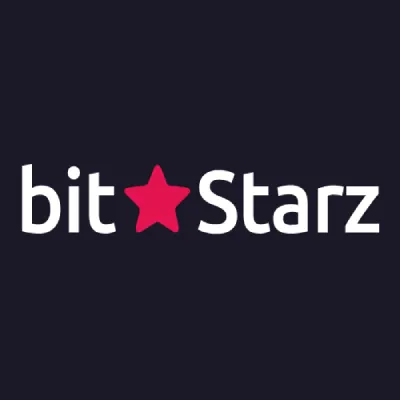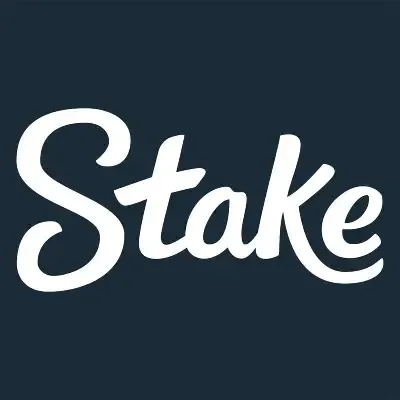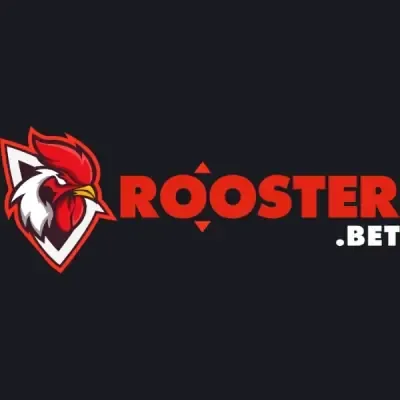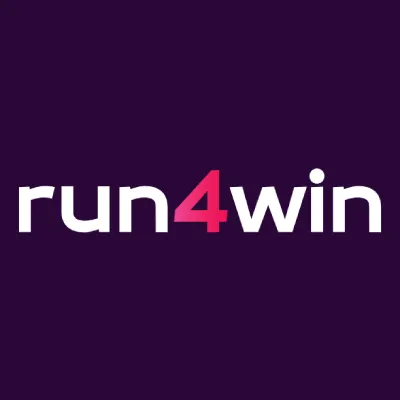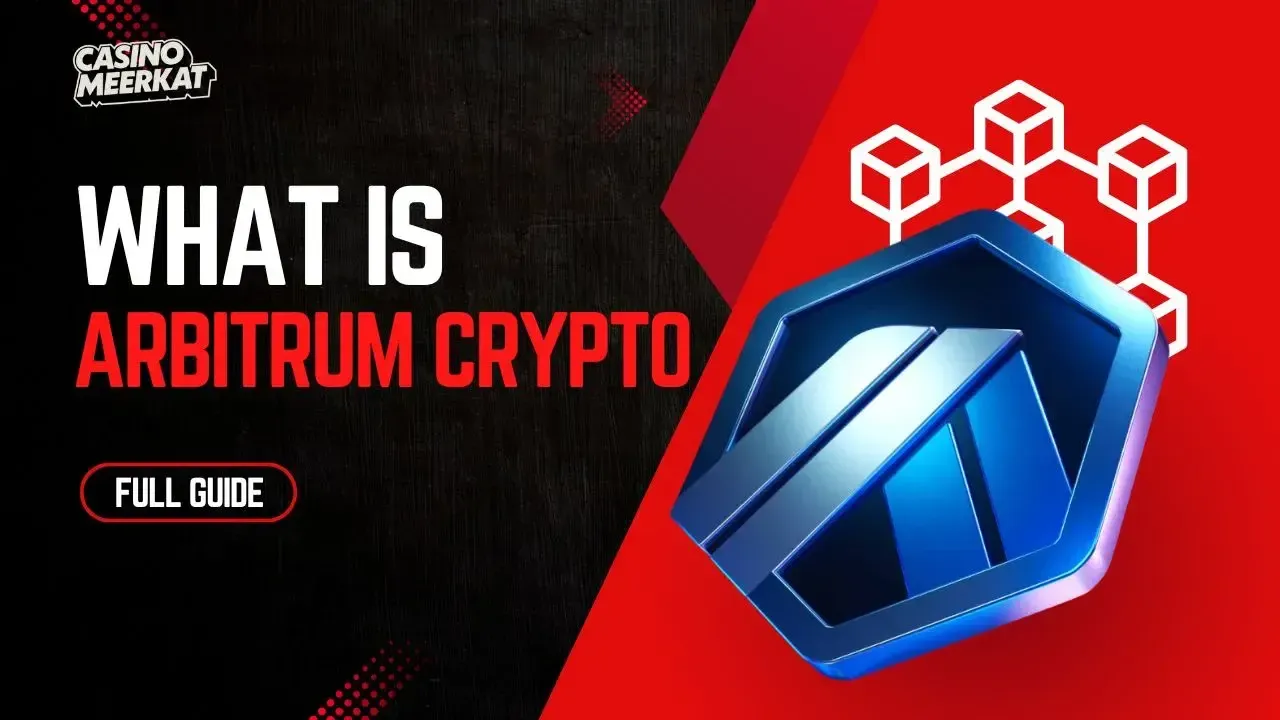
Arbitrum: Scalable, Fast, and Secure Ethereum Layer 2
The adoption of blockchain has invited more users to embrace the technology. As the widespread adoption continues in 2025, it has brought forth an intriguing concern—scalability and efficiency—in popular crypto networks like Ethereum, where widespread adoption inadvertently results in network congestion, slow transaction speed, and high gas fees.
So, what do I do now? Am I stuck paying high fees on a slow network?
Short answer: Arbitrum.
Offchain Labs—founded by Ed Felten, Steven Goldfeder, and Harry Kalodner in 2018—launched Arbitrum in 2021 to directly address those concerns with an interesting Layer 2 scaling solution.
To get a more comprehensive understanding, let's take a closer look at Arbitrum, core technologies, and understand how to use the essential part of the Ethereum ecosystem in 2025.
What is Arbitrum?
Arbitrum crypto is a leading Layer 2 scaling solution that addresses the concerns of Layer 1 by enabling faster, cheaper, and more efficient transactions. It is called a Layer 2 solution because it builds upon the Layer 1 blockchain—Arbitrum builds upon the Ethereum network—to transform the interaction between the blockchain, users, and applications. It does so by processing the transactions off-chain and later sending a summary of those transactions back to Ethereum.
By creating a secondary layer, it allows Arbitrum to offer realistic advantages—faster transactions, lower network fees, and scalability—while leveraging Ethereum’s native security at its core. Interestingly, the market cap stands at $1.48 billion, and the market share in L2 value transfer at 35%. Moreover, it reports an average daily transaction volume of over 2.116 million.
Example:
Let’s understand this by using a “highway” as an example.
Ethereum is the major highway where cars travel from Point A to Point B. It is effective and fast when traffic is light, but it gets congested during peak traffic hours, slowing down everyone to burn more gas, meaning higher gas fees in blockchain terms.
Similarly, Arbitrum is like an express lane built above the highway to ease the congestion. Cars (transactions) can skip the traffic jam to reach their destinations faster and save on gas. It is faster and cheaper than taking the highway, and the best part—it connects back to the same highway. In short, it is faster than the highway, and it retains all of its benefits.
Arbitrum vs Ethereum: Differences
Arbitrum crypto and the Ethereum network work in layers of the same onion. Both are closely linked but ultimately serve different roles in the decentralized ecosystem. Here is a table to simplify the difference between the Layer 1 and Layer 2 solutions.
Also Read: What is XRP Crypto? Top Secure Wallets
| Features | Ethereum - Layer 1 | Arbitrum - Layer 2 |
|---|---|---|
| Transactions | ~15–30 transactions per second | 40,000+ transactions per second |
| Gas Fees | High (can exceed $20 during peak times) | Low (often less than $0.10 per transaction) |
| Security | Proof-of-Work (PoW) and Proof-of-Stake (PoS) | Inherits Ethereum’s security |
| Scalability | Limited | High |
| Governance | Off-chain by the Ethereum community | On-chain via ARB token holders |
| Use Case | Base layer for dApps, DeFi, NFTs | Scaling Ethereum for cheaper and faster DeFi & dApps |
How Arbitrum Crypto Works: Core Technologies
Before understanding the inner workings behind Arbitrum, it is essential to comprehend the innovative technologies that power its performance and scalability. There are three core components—Arbitrum Nitro, Optimistic Rollups, and the Arbitrum Bridge—that play an important role in achieving this.
1. Arbitrum Nitro
Launched in 2022, Nitro is a complete overhaul of the Arbitrum Classic tech stack. Built on several innovations, it gets a significant boost in performance, cost reductions while improving the developer experience.
Nitro integrates Go Ethereum (Geth)—Ethereum’s native execution engine at its core—ensuring seamless near 100% compatibility with Ethereum’s Virtual Machine (EVM) for faster deployment and execution of smart contracts without any modifications. WebAssembly (WASM)—yet another integration for modularity—makes data compression faster, fraud-proof generation quicker, and architecture more scalable.
2. Optimistic Rollups
Optimistic rollups (Arbitrum Rollups) are a type of Layer 2 scaling solution, making transactions faster and cheaper. As the name states, multiple transactions are executed off-chain and “rolled up” into a single compressed batch (rollup block) and submitted as a summary to the Ethereum mainnet.
In contrast to traditional blockchain, where every transaction must be verified by every node, the Optimistic Rollup assumes an “optimistic” role that all submitted transactions are valid, reducing network overhead.
Validators can challenge incorrect transactions by submitting fraud proof during a specific time window—usually 7 days—in turn maintaining correctness. When challenged, the system breaks down the transaction to figure out the validity of submitted transactions.
Ethereum functions as the final authority to incentivize honesty, where if a bad actor submits a roll-up with an invalid transaction, the roll-up is rejected, and they lose their deposits.
Polygon
Polygon—originally known as Matic Network—is another popular example of a Layer 2 scaling solution for Ethereum. However, the inner workings are different, working alongside Ethereum with its validators and consensus mechanisms, offering a whole ecosystem of scaling tools like Polygon PoS (sidechain), Polygon zkEVM, and Polygon CDK.
It is centralized with the ability to process transactions independently and cheaply on the Polygon chain, which is periodically submitted to Ethereum.
Why Arbitrum Chose Optimistic Rollups?
It is interesting to figure out the reasoning behind Arbitrum to opt for Optimistic Rollups over Polygon. However, the choice is well-articulated on closer inspection, keeping the long-term scalability vision intact without any compromises.
Arbitrum Rollups prioritize Ethereum-level security, ensuring full decentralization and trustlessness for scalability at a fraction of the cost. It provides flexibility and developer-friendly environments that allow smart contract migrations without any modifications.
In contrast, Polygon depends on the honesty of pre-defined validators to maintain the chain integrity, which is less practical for finance-grade dApps. Moreover, it leans towards centralization, trading some decentralization for speed, to assume full trust in the security of Polygon.
Example:
Ms. Ethereum—a strict but fair teacher—runs a classroom where Optimistic Rollups are like a trustworthy teaching assistant, handling assignments and classwork unless challenged. At the end of the day, the teaching assistant always reports back to Ms. Ethereum, who double-checks the assignments and locks in the grades.
Polygon—a separate classroom next door—is run by a class monitor, helping students complete assignments faster and get things done quicker. While this process is more efficient, it does not hold the high standard since Ms. Ethereum is not directly involved.
Optimistic Rollups vs Polygon
Here is a quick difference between Optimistic Rollups and Polygon.
| Reasons | Optimistic Rollups | Polygon (Sidechain) |
|---|---|---|
| Security | Guaranteed Ethereum Network Security | Separate Validator Set |
| Trutlessness | Trust Minimized | Requires Trust in Validators |
| Finality | Slower due to Fraud Window | Fast Finality |
| Decentralization | Near Full Decentralization | Leans more toward Centralization |
| Use Case | Financial dApps, DeFi | Games, NFTs, Retail Use |
3. Arbitrum Bridge
It is a gateway bridge between Ethereum and Arbitrum, giving users easy access to move crypto assets—ETH and most ERC-20 tokens—for easy deposits and withdrawals. Since the bridge is integrated within the protocol to operate directly on Ethereum, users can safely interact with those assets on dApps, DeFi platforms, and NFT marketplaces at much lower fees.
Deposits:
Deposits are the process of moving tokenized assets from Layer 1 to Layer 2—beginning soon after connecting the wallet (like MetaMask, Coinbase Wallet) at bridge.arbitrum.io. Users must select the required ETH token for the move and complete it by signing and approving the transaction. There is a waiting period of around 10 to 15 minutes for confirmation, after which the token will appear on Arbitrum.
It should be noted that Arbitrum is also compatible with third-party bridges, which offer faster withdrawal options using liquidity pools. However, it is better and safer to use the official bridge for large and long-term transfers.
Withdrawals:
Withdrawals are the process of moving tokenized assets from Layer 2 to Layer 1—initiated via the bridge interface, which takes 7 days to complete. The waiting period is longer than the deposit due to the fraud-proof window period—Optimistic Rollup allows anyone to challenge a fraudulent transaction within 7 days before finality on-chain. After the waiting period is over, users can then claim the tokens on Ethereum.
Also Read: What is a Bear Market in Crypto? What You Should Know
How to Start Using Arbitrum?
Here is a step-by-step process to set it up and start using it today.
Step 1: Setting Up Crypto Wallet
If you don’t have a wallet, you can set it up by signing up for any of the popular Ethereum-compatible wallets available online, like MetaMask and Coinbase Wallet. However, you must have ETH tokens in your wallet on the Ethereum mainnet to bridge later.
Step 2: Adding Arbitrum Network to Crypto Wallet
After signing up for the wallet, you can now add the Arbitrum Network. There are two ways of achieving this—manually or by selecting “Add to Wallet” directly from Chainlist.
If you opt to do it manually, enter the following details on your wallet.
Arbitrum One (Mainnet) Settings:
- Network Name: Arbitrum One
- RPC URL: https://arb1.arbitrum.io/rpc
- Chain ID: 42161
- Currency Symbol: ETH
- Block Explorer URL: https://arbiscan.io
Step 3: Using the Arbitrum Bridge
After completing the setup, visit https://bridge.arbitrum.io/ and choose the token, usually in ETH or ERC-20 compatible, to transfer. Enter the amount for transfer, which will include gas fees on the Ethereum network for the transaction. Upon confirmation, it will take 10 to 15 minutes for the deposit to complete.
Step 4: Use the Arbitrum dApps Ecosystem
When the deposit is complete, the asset will be live, which can now be used to interact with the Arbitrum dApps Ecosystem, keeping track of transactions with sites like Arbiscan.
More importantly, these ecosystems collectively make Arbitrum one of the most advanced and user-friendly Layer 2 scaling platforms available on Ethereum.
You can explore different Arbitrum dApps through the official portal.
Also Read: What Is Hedera Crypto? The Best Wallets to Store Your HBAR
Top dApps on Arbitrum
Here is a list of the top dApps on the platform in 2025.
| dApp | Use Case |
|---|---|
| GMX | Used to trade cryptos using decentralized perpetual contracts. |
| Uniswap | Used for token swapping with high liquidity and minimal slippage. |
| SushiSwap | Used for DEX and yield farming by providing liquidity to pools. |
| Aava | Used for lending to earn interest and borrowing crypto with low collateral ratios. |
| TreasureDAO | Used for gaming, NFT marketplace, and digital collectibles. |
Step 5: Withdrawing Funds
It is the final but optional step to withdraw funds back to Ethereum. It is done by using the same bridge, one used during deposit, which will be withdrawn at the end of the waiting period.
Advantages and Disadvantages of Arbitrum
Pros
High Transactions and Low Fees:
It can process thousands of transactions per second, higher than 15 TPS in Ethereum. Because of this scalability, high-volume users can reap the benefits of lower gas fees that cost a few cents per transaction.
Ethereum Compatibility:
It integrates Geth and maintains full compatibility with the EVM. Because of this, developers create and develop on existing smart contracts without code modifications. It ensures a seamless development experience and fast migration of apps
Security:
It inherits the Ethereum-grade security from the Layer 1 using fraud-proof mechanisms. Validators can challenge any invalid transaction within the dispute window, further helping it to maintain integrity and decentralization.
Growing Ecosystem:
It hosts a growingly popular decentralized application ecosystem, attracting developers, users, and liquidity from major DeFi, NFT, and gaming platforms.
Cons
Slow Withdrawals:
It is one of the biggest drawbacks of the network. It delays withdrawal by up to 7 days when transferring assets back to Ethereum. While the delay is a necessary security feature—fraud challenges under Arbitrum’s Optimistic Rollup design, it limits users from getting quick access to their funds, especially when time is crucial in a volatile crypto market.
Learning Curve:
It needs manual setup when connecting the wallet to the network to bridge the assets, which can be challenging for inexperienced users. Since the network relies on gas fees, users can struggle to manage and track with gas token balance
Dependent on Network Gas:
Both Ethereum and Arbitrum crypto rely on ETH as the native gas token, which can be inconvenient for users, especially when the assets are stuck on one layer and cannot be accessed without extra bridging or swapping.
Limited Operability:
The Ethereum ecosystem integration limits interoperability for users or developers who prioritize cross-chain functionality for multi-chain applications or perform cross-chain swaps natively, creating a major hurdle, especially when communicating with other blockchain ecosystems like Cosmos or Solana.
Also Read: How To Buy Sui Meme Coins?
Arbitrum Governance (DAO)
Arbitrum DAO—launched in 2023 alongside the ARB token—is a community-driven decentralized autonomous organization (DAO) governing model built on the Ethereum blockchain. It is a governance mechanism that allows ARB token holders to influence and shape the future of the network through active decision-making by proposing and voting on organizational changes like protocol upgrades, treasury fund allocations, and grand approvals.
The Arbitrum governance process is encapsulated in three phases—from the DAO forum to Off-chain Voting, and finally, On-chain Execution—to provide transparent, community-led discussion with technically enforced outcomes.
The ARB token-holding community members can submit proposals and ideas through the DAO Forum, which can include funding of development initiatives and treasury usage, after refining the proposal through discussion and feedback.
When the refined proposal gains traction, it moves to Snapshot for a vote. It is done through off-chain signaling, allowing members to vote—gauging sentiment analysis on the proposal—without gas fees.
If the signaling vote passes, the process is forwarded to Tally for the final on-chain vote, where it is binding and executed via smart contracts.
Arbitrum DAO Treasury
It is the collective pool of funds for the continuous growth and advancement of the network and the ecosystem—short-term and long-term goals—relying on specified Arbitrum governance mechanisms to determine how and where the treasury funds are allocated through community votes, which distribute funds for dApp development, user adoption incentive programs, operations, research and development initiatives.
The whole process is transparent and traceable on-chain, distributed only through community-approved proposals.
Example:
The DAO Treasury approved a $3.3 million ARB grant in 2023 to Questbook, a program dedicated to developing domain-specific projects on top of the network. It presented a milestone-based funding for ideas ranging from education to dev tools for domain-specific needs.
Emergency Governance
Because of the community-level participation, it takes a considerable amount of time to implement the latest innovations takes time. However, it is less feasible to go through the lengthy voting process in case of emergencies.
Those time-sensitive scenarios are addressed by DAO Security Council—9 total multi-signature trusted members elected by ARB token holders—for emergency governance to protect the integrity of the network through emergency upgrades.
Among the 9 elected members, the Emergency Governance requires 6 approvals to take emergency action, but can act within predefined boundaries—pausing contracts, deploying patches, and mitigating exploits. Moreover, emergency governance members are periodically elected to provide accountability and transparency.
The security council updates DAO on the situation and gives the community the last word on whether to approve or disapprove implementations.
The process provides a unique balance of decentralization for quick action without risk of centralization, while addressing real-world practicality to protect user funds and network integrity.
Conclusion
The era of blockchain adoption is accelerating, Arbitrum has emerged not as a competitor—but as a powerful collaborator—elevating Ethereum by addressing its key pain points like high fees, network congestion, and scalability limits.
It delivers speed and affordability while staying rooted in Ethereum’s unmatched security with innovations like Arbitrum Nitro, Arbitrum Rollups, and the Arbitrum Bridge. It has opened the gates to a faster, fairer blockchain experience—creating a balance between convenience and decentralization—for users and developers alike.
The platform promises real-world practicality, promoting community-level participation through a DAO Arbitrum governance model and treasury funding mechanisms, establishing transparent proposal processes, public funding allocations, and a responsive emergency governance structure.
It offers an express route—fast, secure, scalable, and community-owned—leading the way for the better. Arbitrum is not just an Ethereum improvement—it is a key part of its future.
Also Read: Understanding SEI Blockchain Technology: Features To Know
Frequently Asked Questions
What is Arbitrum in simple terms?
In simple terms, it is a fast, low-cost version of Ethereum that still relies on Ethereum’s security.
Can I use MetaMask with Arbitrum?
Yes, adding Arbitrum One to your networks and bridge tokens will let you use MetaMask.
How do I get ARB tokens?
You can get ARB tokens via exchanges or DAO participation.
What’s the difference between Arbitrum and Optimism?
Both employ optimistic rollups. Optimism uses Bedrock, whereas Arbitrum uses Nitro.
Is Arbitrum safe?
Yes, it is safe and secured by Ethereum, which includes fraud-proof mechanisms.
What can I do on Arbitrum?
You can do DeFi trading, staking, lending, gaming, NFTs, and more.
How fast is Arbitrum compared to Ethereum?
It can process 40x–100x more transactions per second than Layer 1 Ethereum.
What is the future of Arbitrum?
It will evolve with further decentralization, more dApps, possible ZK-rollup integration, and institutional adoption.

